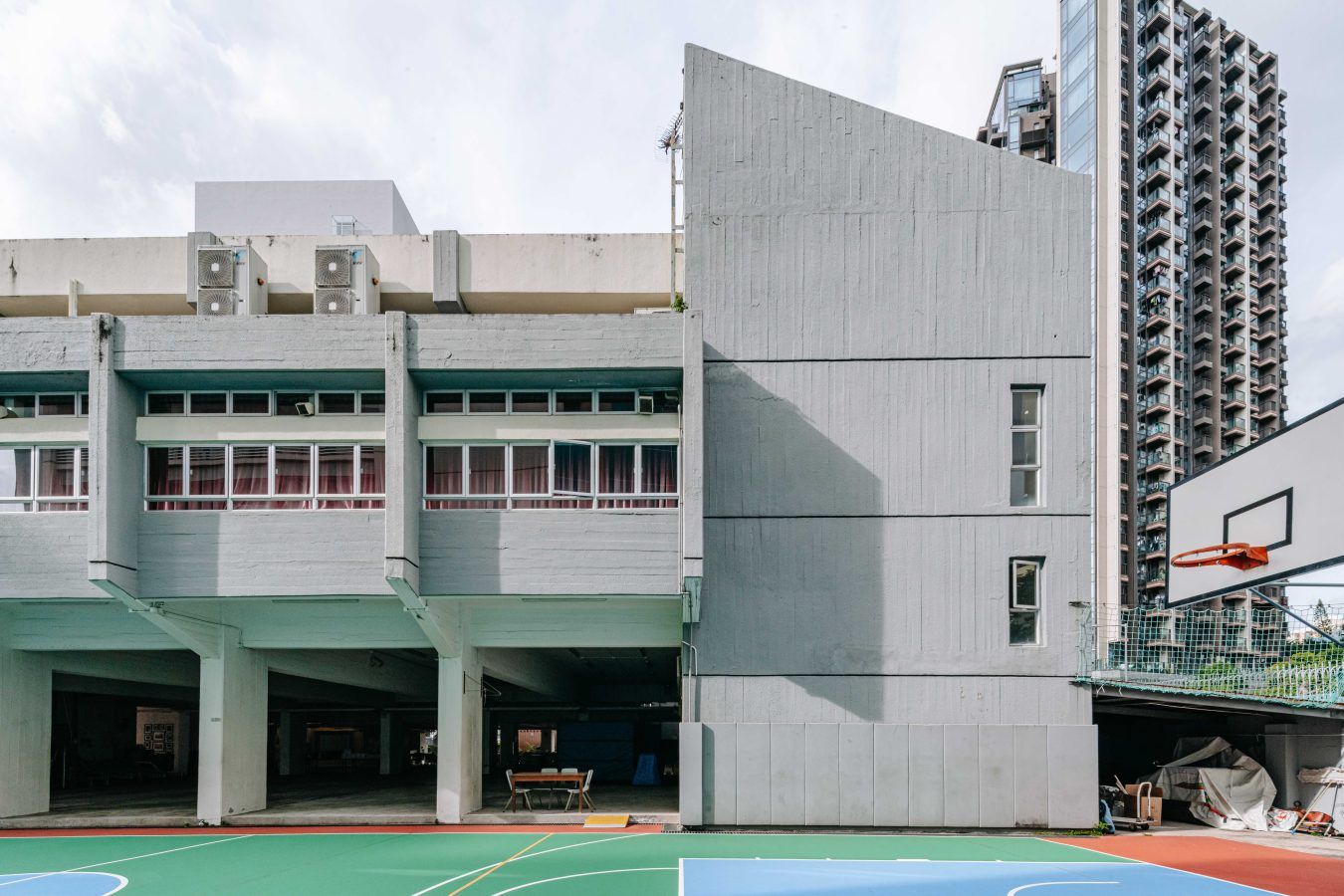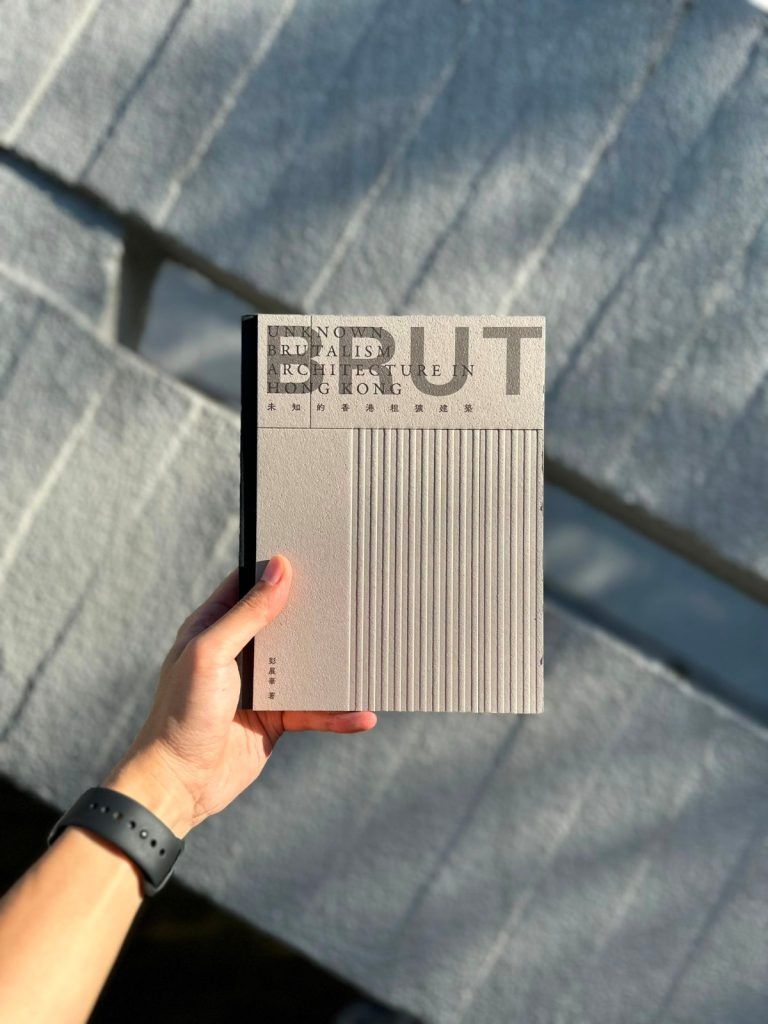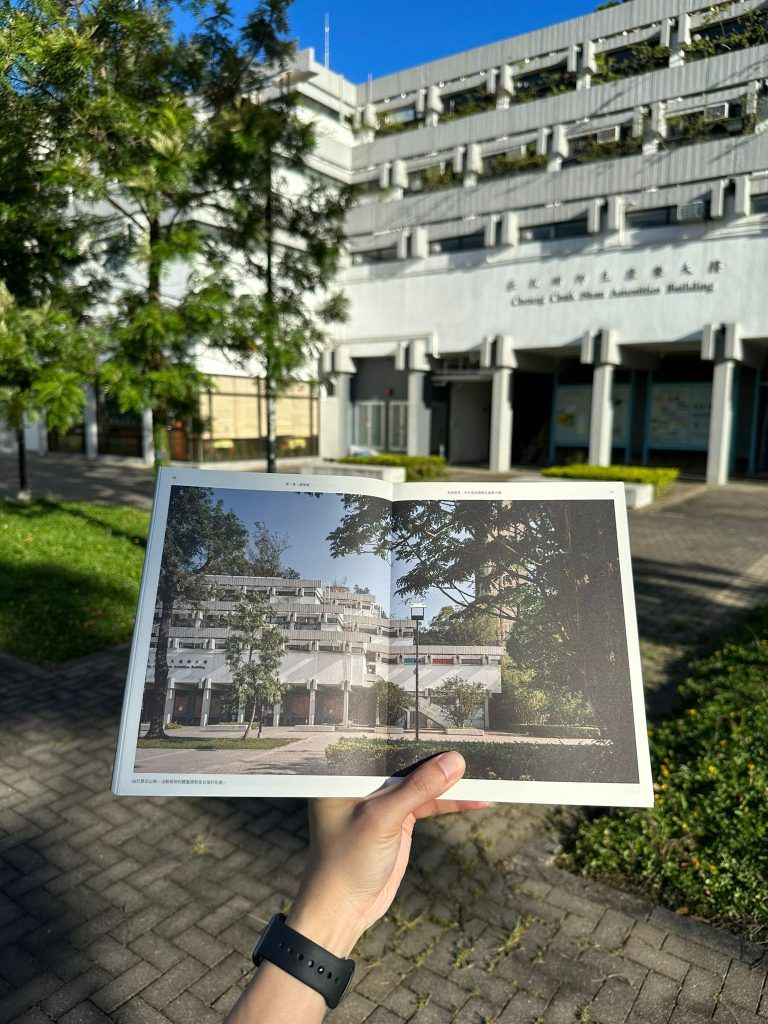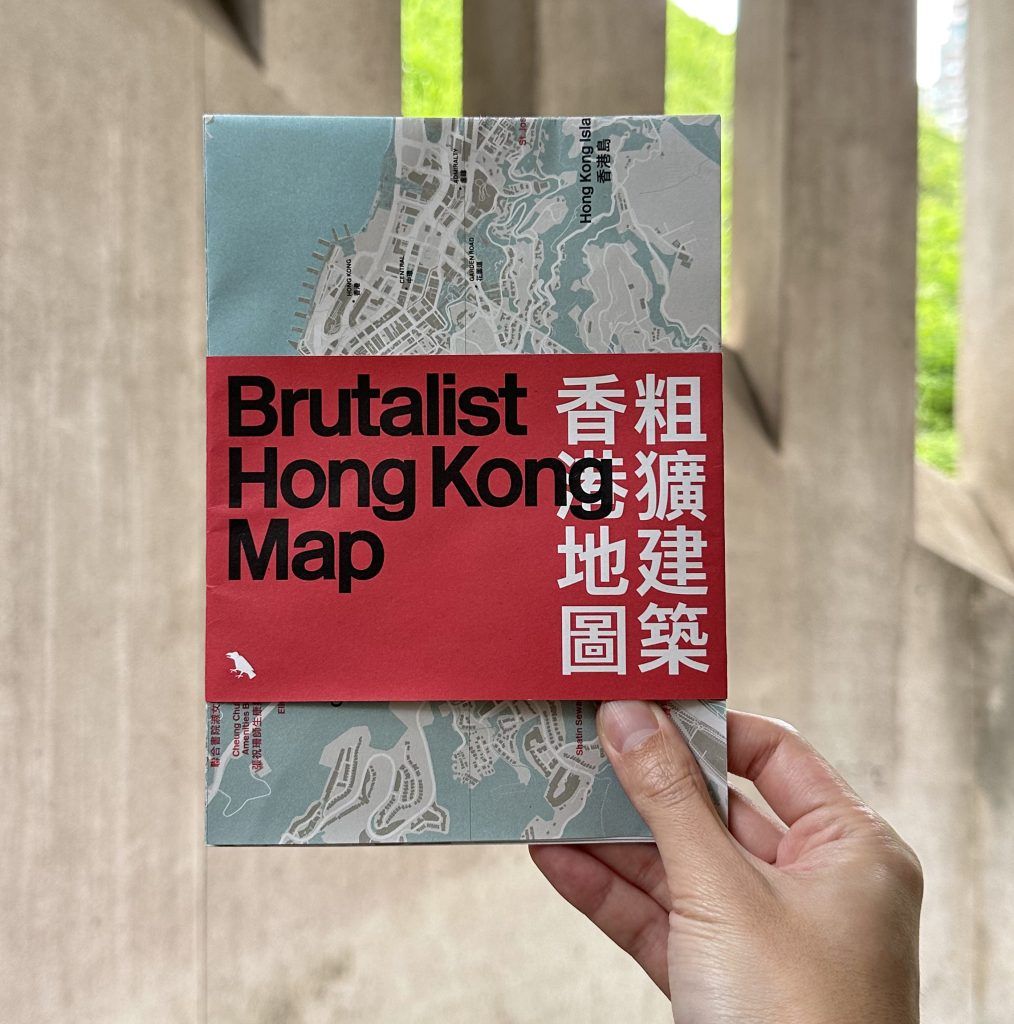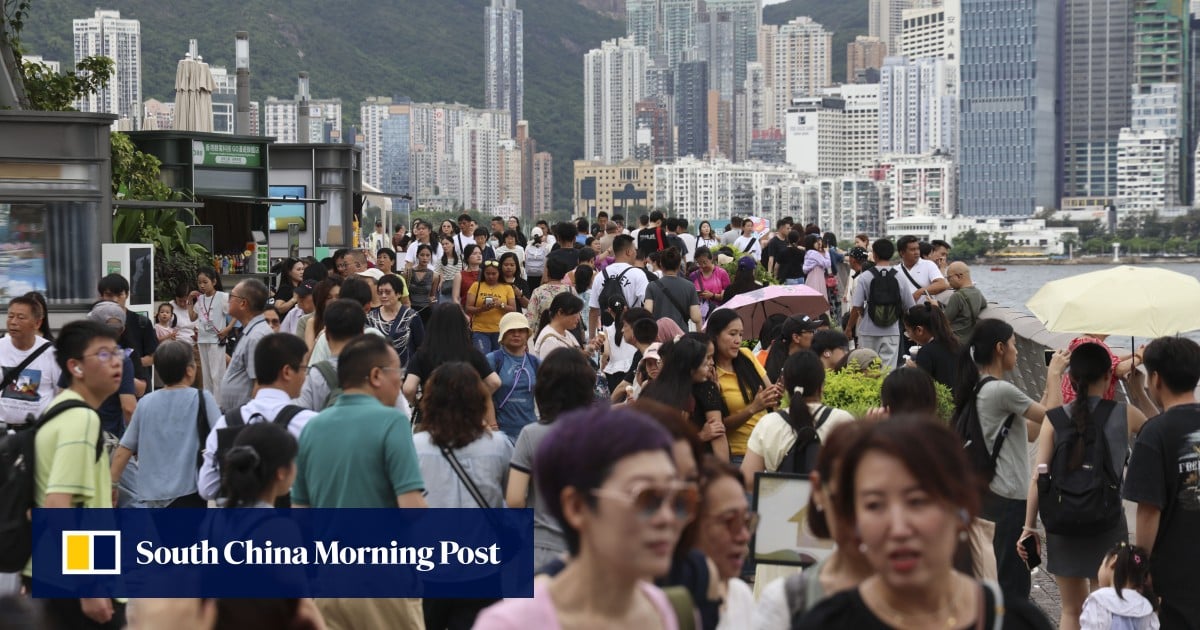It’s hard to ignore a Brutalist building. With its boxy lines and imposing presence, it immediately evokes a reaction, positive or not. Closely associated with designers Le Corbusier and Marcel Breuer—the latter was the real-life inspiration for the award-winning film, The Brutalist—brutalism was born in post-war England and quickly spread worldwide. It got its name from the French expression “béton brut,” which translates to “raw concrete,” the primary material for this ugly-beautiful architectural style.
Even as many of these buildings themselves fall into disrepair, the rich legacy of Brutalism lives on online. Social media accounts like @sosbrutalism and @brutbuilds document Brutalist buildings around the world, winning new fans and advocating for their preservation.
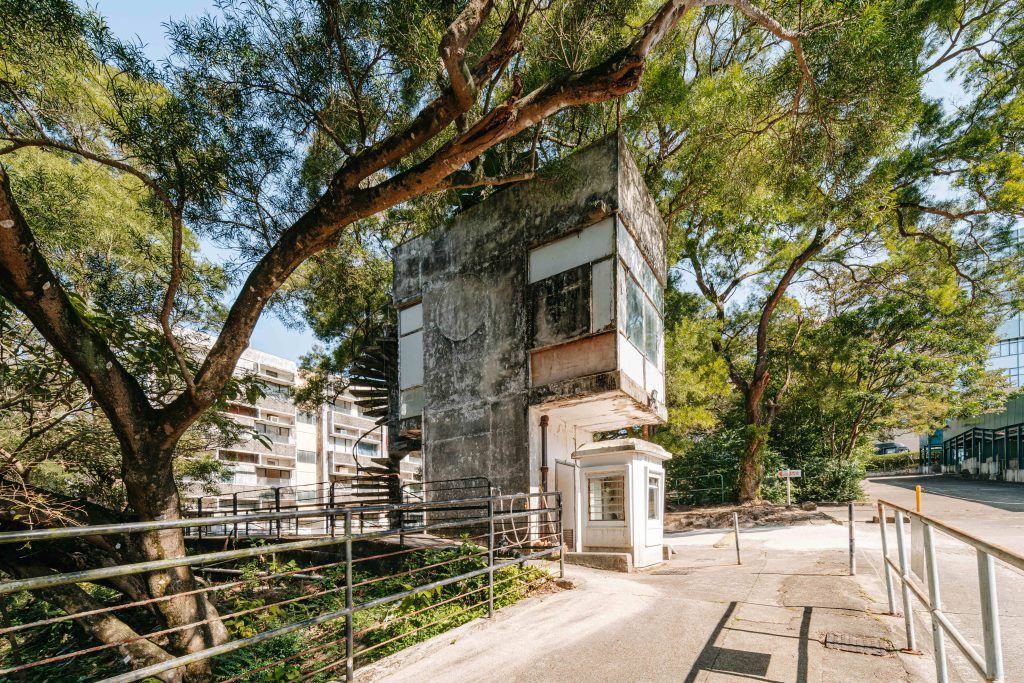
It was @sosbrutalism that sparked a research idea for Hong Kong architect Bob Pang Chin Wah, who describes the movement as far-reaching, fearless, and authentic. “The urgency of discussing [Brutalism’s] historical and cultural value caught my attention, especially as several renowned Brutalist landmarks have been demolished,” says Pang.
He, along with and Hong Kong-based architect and photographer Kevin Mak, delved into their own city’s Brutalist history, which they chronicled in Chinese-language book Unknown Brutalist Architecture in Hong Kong. The book was launched at the Hong Kong Book Fair in July 2023 and became the number-one bestseller at Joint Publishing for six consecutive days. In just a year and a half, it has reached its third print run and is currently available in major bookstores in Hong Kong, Taiwan, Singapore, Mainland China, and Malaysia.
Following that, the pair created a 24-page zine called Brutalist Architecture in Hong Kong, published only in the UK. For local English-speaking Brutalist fans there’s the recently released Brutalist Hong Kong map, that leads the way to must-visit buildings in the territory, for a DIY type of Brutalist tour.
To get a deeper appreciation for the divisive design style—and tips on how to appreciate it—we spoke to architecture and author Bob Pang.
Q&A with Hong Kong Architect Bob Pang
T+L: Brutalism is a particularly polarising architectural movement. What attracts you to it?
BP: Brutalism is an architectural style rooted in a concern for humanity. Its emphasis on the honesty of materials, purity of spatial arrangement, and straightforward structural expression was intended to connect architecture with the general public. The polarising opinions surrounding Brutalist buildings often stem from the lack of maintenance rather than the style itself, in my point of view.
T+L: Together, you and Kevin worked on the bilingual Brutalist Hong Kong map. What is the advantage of this medium?
BP: The map functions as a guide, helping users explore Brutalist architecture in the city. It allows room for personal interpretation, encouraging visitors to form their own opinions as they experience each site with our map in hand. It also adds an element of adventure — guiding people to lesser-known locations and offering an alternative perspective on Hong Kong.
T+L: You also released the 24-page zine Brutalist Architecture in Hong Kong with photographer Kevin Mak. Tell us a bit about that.
BP: It was a spontaneous and casual collaboration with the independent one-man publisher Uhm! in London. Surprisingly, the zine was very well received at Offprint London 2024 at Tate Modern, marking our first step in introducing Hong Kong Brutalism beyond the city and ahead of the release of the Brutalist Hong Kong Map with Blue Crow Media.
T+L: What initially inspired you to undertake research on Hong Kong Brutalism?
BP: I believe @sosbrutalism was the first social media account dedicated to surveying Brutalist architecture worldwide. It was created [and is still run by] Oliver Elser, a curator at the Deutsches Architekturmuseum in Frankfurt, around 2017, alongside his popular exhibition SOS BRUTALISM – Save the Concrete Monsters!
In 2019, Oliver traveled to Hong Kong as an M+/Design Trust Fellow to conduct an initial survey of Brutalist architecture in the city. Around the same time, I decided to embark on my own research. Through M+ and Design Trust, our team connected with Oliver, leading to numerous discussions about our findings throughout the research process. Oliver also contributed an article to our book discussing Hong Kong Brutalist architecture.
T+L: If we only had time to visit one Brutalist edifice in Hong Kong, which should it be?
BP: Undoubtedly, the Chinese University of Hong Kong (CUHK) is a must-visit, providing the opportunity to explore its buildings from the inside and experience their spatial qualities first-hand. Most of CUHK’s Brutalist structures remain in daily use, preserving their original function and atmosphere. With over 20 examples on campus, you could easily spend an entire day immersing yourself in the heyday of Hong Kong’s Brutalist architecture.
The Hong Kong Brutalist map is available to buy online and in select Hong Kong bookstores for HKD 116.
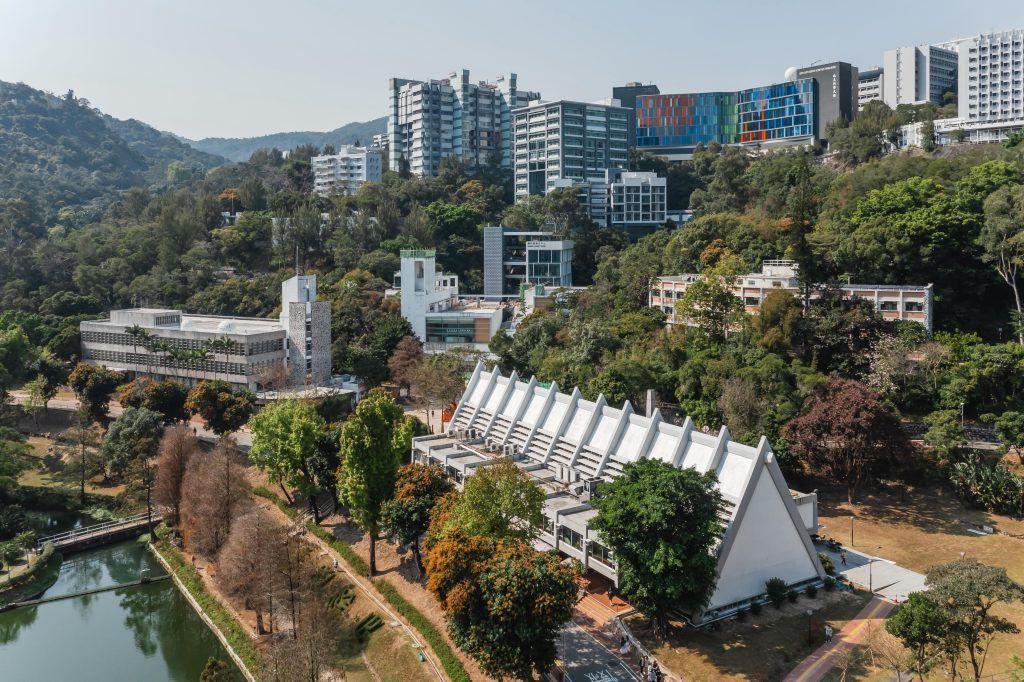
Note:
The information in this article is accurate as of the date of publication.
We may earn an affiliate commission when you shop through links on our site.
